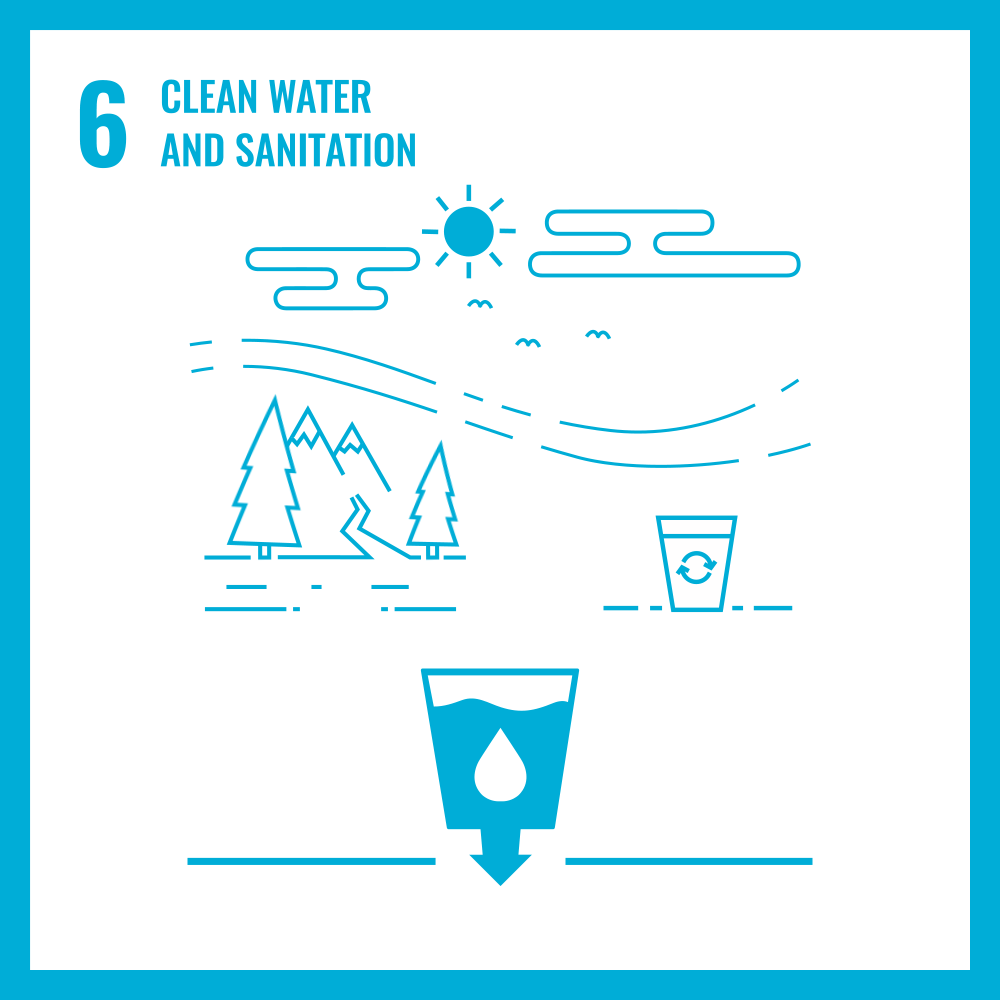CLEAN WATER AND SANITATION

sustainable development goal 6
CLEAN WATER AND SANITATION
Water consumption per person | TIIAME National Research University actively monitors and promotes efficient water usage among students and staff. Current initiatives highlight per-person water consumption patterns, encouraging sustainable practices and raising awareness about water conservation. Through innovative research, practical solutions, and educational campaigns, TIIAME fosters a culture of responsible water use, contributing to global efforts in ensuring clean and accessible water for all. |
TIIAME National Research University actively promotes sustainable water management through initiatives such as wastewater treatment, preventing water system pollution, providing free drinking water, and encouraging water-conscious planting. These efforts align with SDG 6, fostering a campus culture of water conservation and environmental responsibility. | Water usage and care |
Water reuse | TIIAME National Research University prioritizes water sustainability through its "Water Reuse" initiatives. Guided by a comprehensive Water Reuse Policy, the university promotes the recycling and repurposing of water across campus operations. Through Water Reuse Measurement, regular monitoring ensures efficient implementation and tracks the impact of reuse efforts, contributing to the university's commitment to SDG 6: Clean Water and Sanitation. |
TIIAME National Research University extends its commitment to sustainable water practices beyond campus through its "Water in the Community" initiatives. These efforts include educational opportunities on water management, promoting conscious water usage among stakeholders, and providing off-campus support for water conservation projects. On-campus, the university ensures sustainable water extraction and collaborates with partners on water security measures. Together, these initiatives foster community engagement and advance regional water sustainability goals in alignment with SDG 6. | Water in the community |

